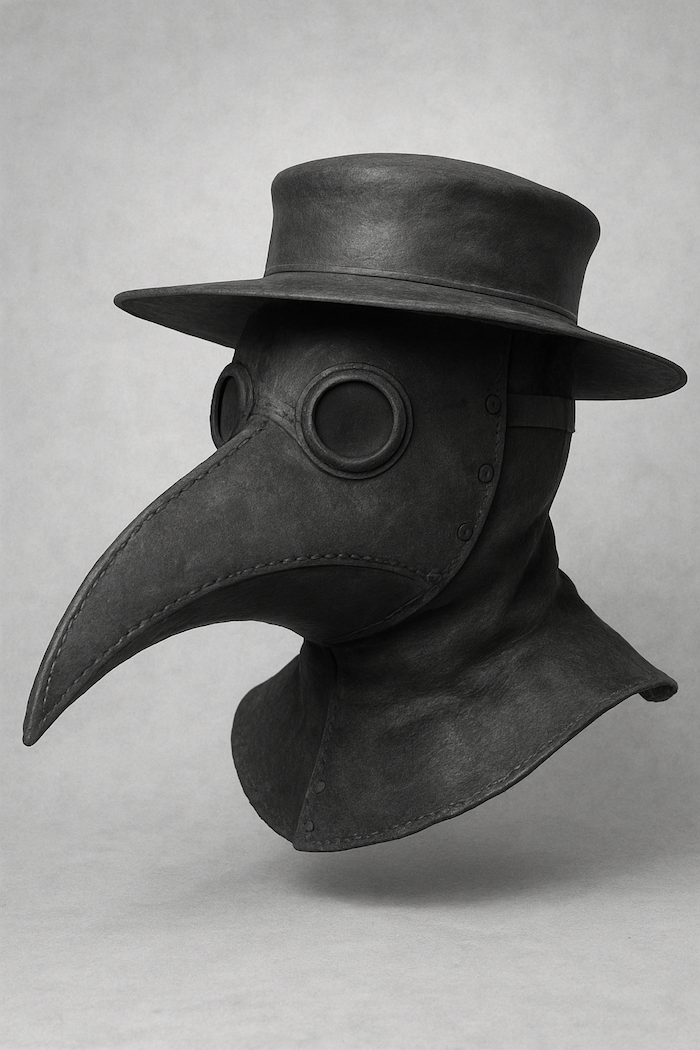Quarantine
Ancient Roots
- The root comes from the Latin quadraginta, meaning forty.
- In medieval Italian, this became quaranta (forty).
Venice and the Black Death
- In the mid-14th century, the Black Death devastated Europe, killing around a third of the population.
- Venice, a major port city, was terrified of infected ships bringing plague.
- Authorities ordered ships from plague-affected regions to remain anchored offshore for a period before anyone could come ashore.
At first, this waiting period was trentino — 30 days. Later, it was extended to 40 days for greater safety. This became known as quaranta giorni (“forty days”), which gave us quarantine.

Why Forty Days?
Historians believe the number 40 wasn’t random:
- In the Bible, 40 days is a symbolic period of purification (e.g., Noah’s flood lasted 40 days, Jesus fasted for 40 days).
- Medieval medicine often used 40 as a standard healing or cleansing period.
- It was long enough to ensure plague symptoms would show in sailors and passengers.
Spread of the Word
- By the 16th century, the term entered French as quarantaine.
- English borrowed it in the early 17th century, first used for ships, later extended to people and even animals.
- Over time, “quarantine” evolved to mean any enforced isolation to prevent the spread of disease, not just the 40-day rule.
Modern Usage
- Today, quarantine can mean staying isolated due to infectious disease exposure, but also has figurative uses (e.g., quarantining computer viruses).
- The original sense of “forty days” has faded, though the symbolic number is still remembered in the etymology.
Historical Impact
- Quarantine laws were among the first public health measures in history.
- Venice even built the Lazzaretto Vecchio (1423), one of the first quarantine stations, on an island in its lagoon.
- The practice spread across Europe and shaped how governments handled epidemics up to modern times (including COVID-19).
So, the word “quarantine” is not just about isolation; it carries with it a whole story of fear, religion, trade, and the beginnings of public health.